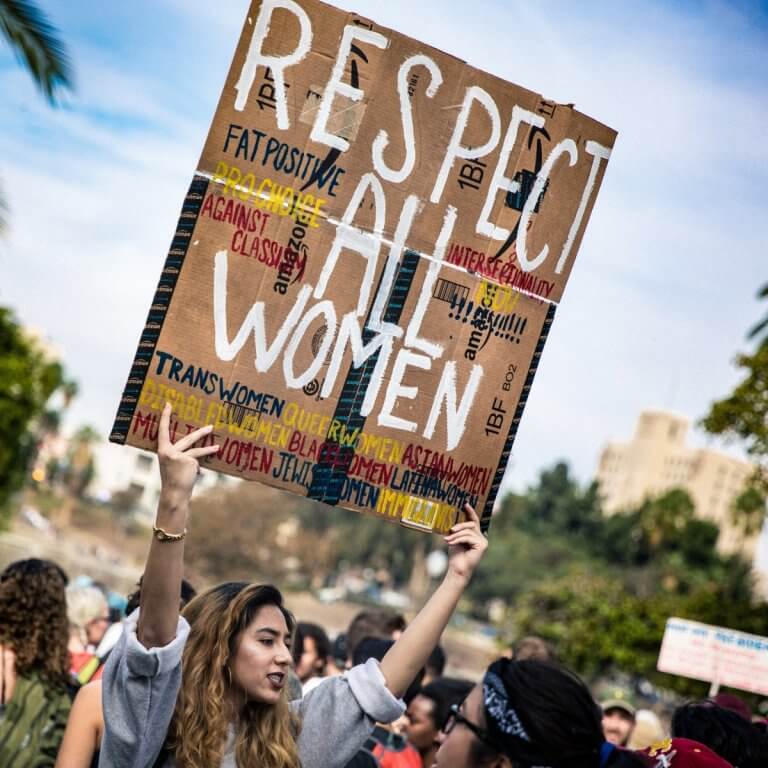
In a post-#MeToo world, no university subject is more apt for guiding us through this cultural watershed moment than Gender Studies.
Why is there a “tsunami” of stories coming from newsrooms and through private conversations between families and friends? Why are editors calling this “the first time in history…women are being believed”? How did colleges and universities become the birthplace for China’s #MeToo movement?
These questions and more would most likely get their deserved answers through classes in Gender Studies at campuses worldwide.
Such programmes first started popping up at American universities in the 1960s and their popularity doesn’t seem to be waning. Data from the National Center for Education Statistics shows that the number of such degrees in the US has more than tripled since 1990. In 2015, more than 2,000 such degrees were conferred.
Today, the study – which cuts across disciplines – usually encompasses the following: Women’s studies (concerning women, feminism, gender and politics), men’s studies, queer studies and sexuality.
It also analyses the complex intersection between gender and sexuality with race, ethnicity, location, class, nationality and disability.

Afghan students attend the graduation ceremony of the first-ever class of Gender and Women’s studies master’s programme in Kabul on November 5, 2017. Source: AFP/Shah Marai
For example, course topics at the Introduction to Women’s and Gender Studies at the Massachusetts Institute of Technology include: the first and second waves of American women’s/gender rights activism, and gender issues in relation to the law, socialization, education, work, health and reproduction, sexuality, families and globalization.
Though the study suffers from the stereotype of being tailored for women or LGBTQ-only, individuals of all gender constructs are welcome. Yes – including men.
Speaking to USA Today College, Drew Nelson, a business major at Indiana University said:
“I guess I thought that because I was a guy, that was also part of why I didn’t think I needed these classes.”
“But these aren’t women’s help session classes. They’re a chance for us to have a conversation and to be able to understand one another better, no matter who we are.”
Nelson is right. Through topics like these, students come away equipped with the “tools for thinking” about the gendered experience. This means being able to debate gender issues and apply learned concepts and theories to life experiences, among other things.
Another common misconception is that gender studies graduates “pity women” or wind up “complaining about all the things that are wrong with our world”. This is obviously untrue.

A Gender and Women’s Studies class at UC Berkeley December 2, 2009. Source: AFP/Justin Sullivan
We need only to refer to this quote by Kofi Annan, former Secretary-
“Gender equality is more than a goal in itself. It is a precondition for meeting the challenge of reducing poverty, promoting sustainable development and building good governance.”
Ball State University women’s and gender studies major Lilly Madden plans to use her degree to help women affected by sexual assault.
“I do have job opportunities, I do have skills, I do have a college degree that is meaningful,” Madden says. “I honestly think that the more [women’s and gender studies majors] that enter the world with this knowledge and positively impact communities, the better understood, perceived and appreciated the field will be over time.”







